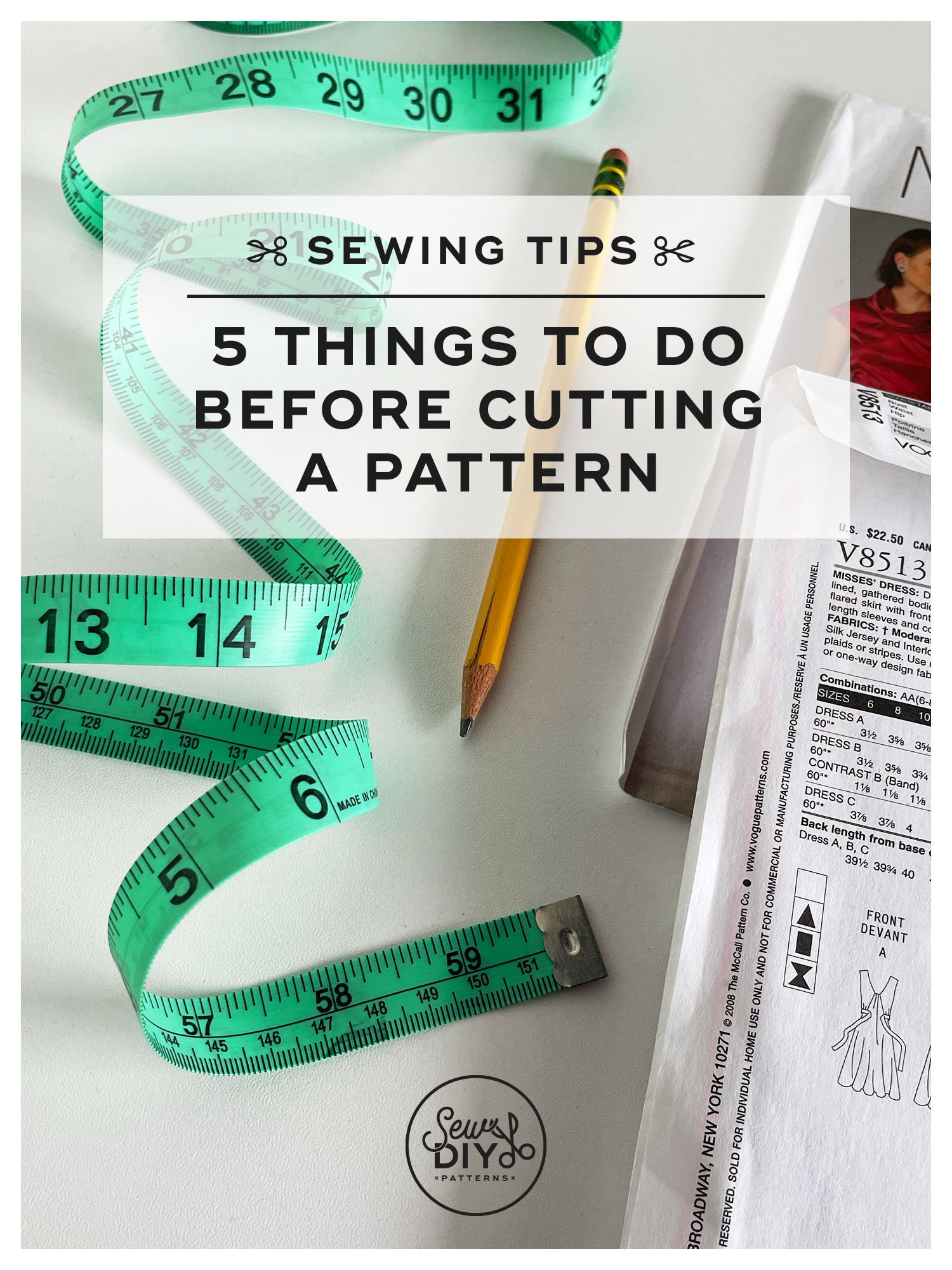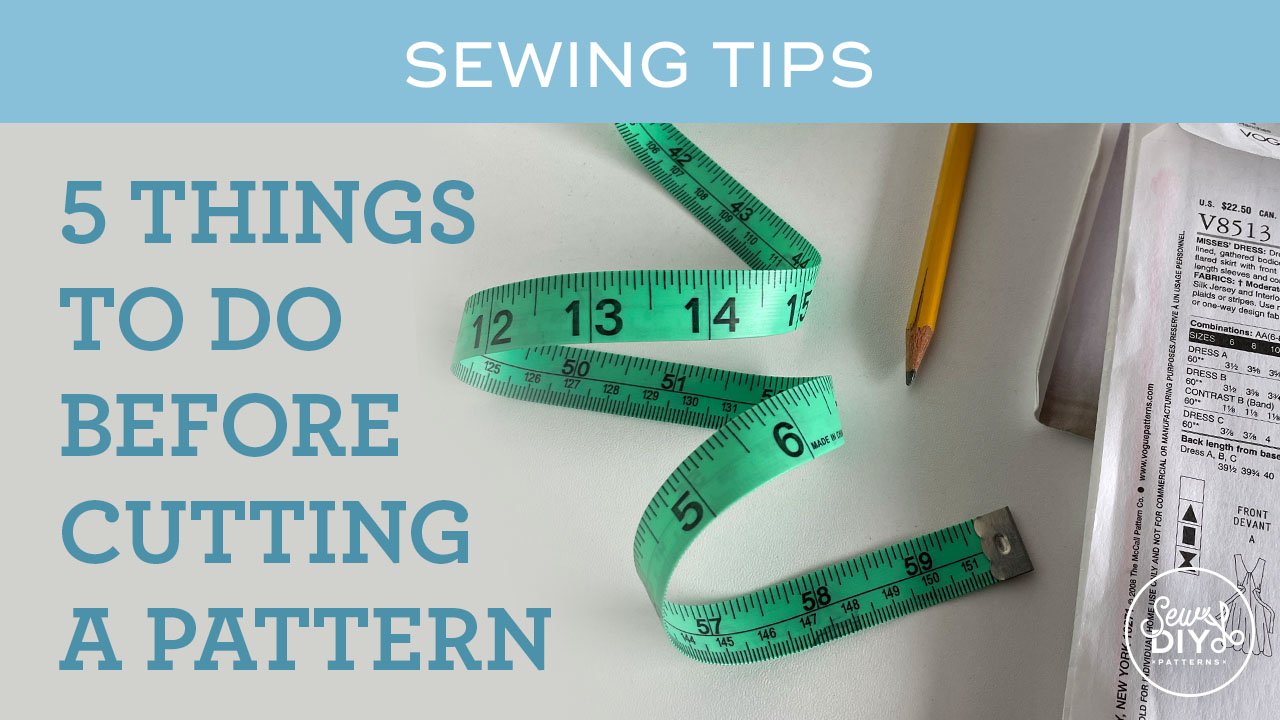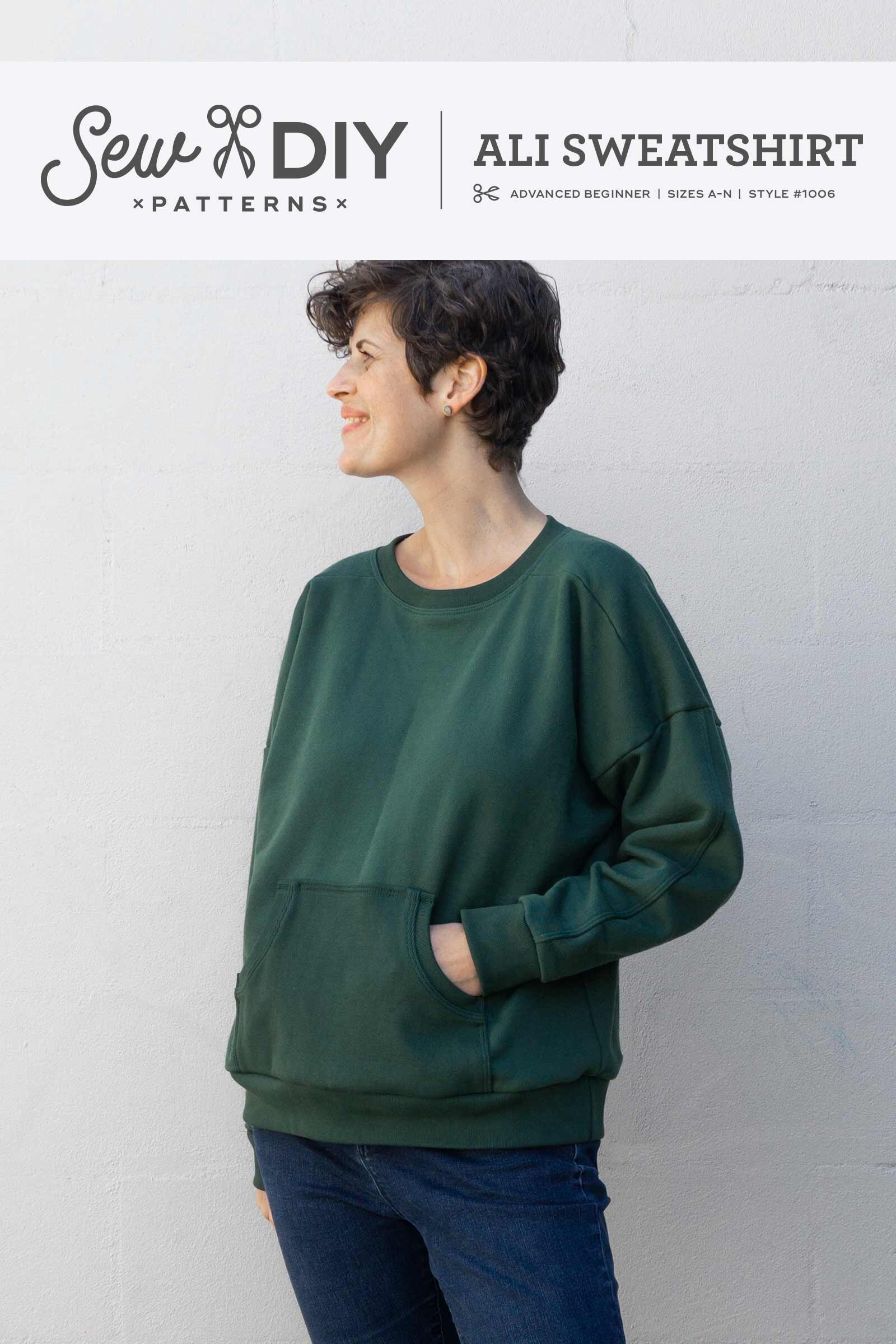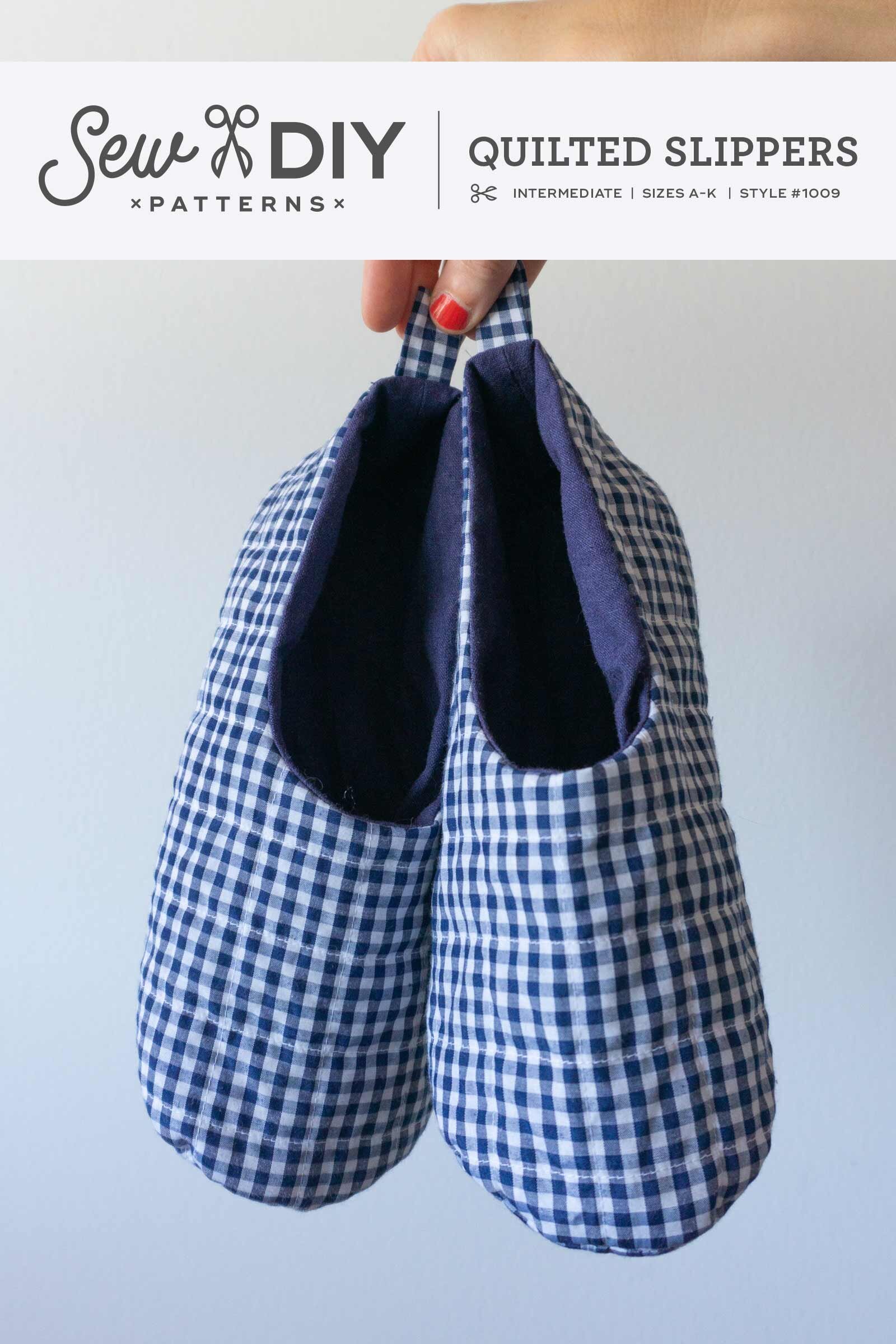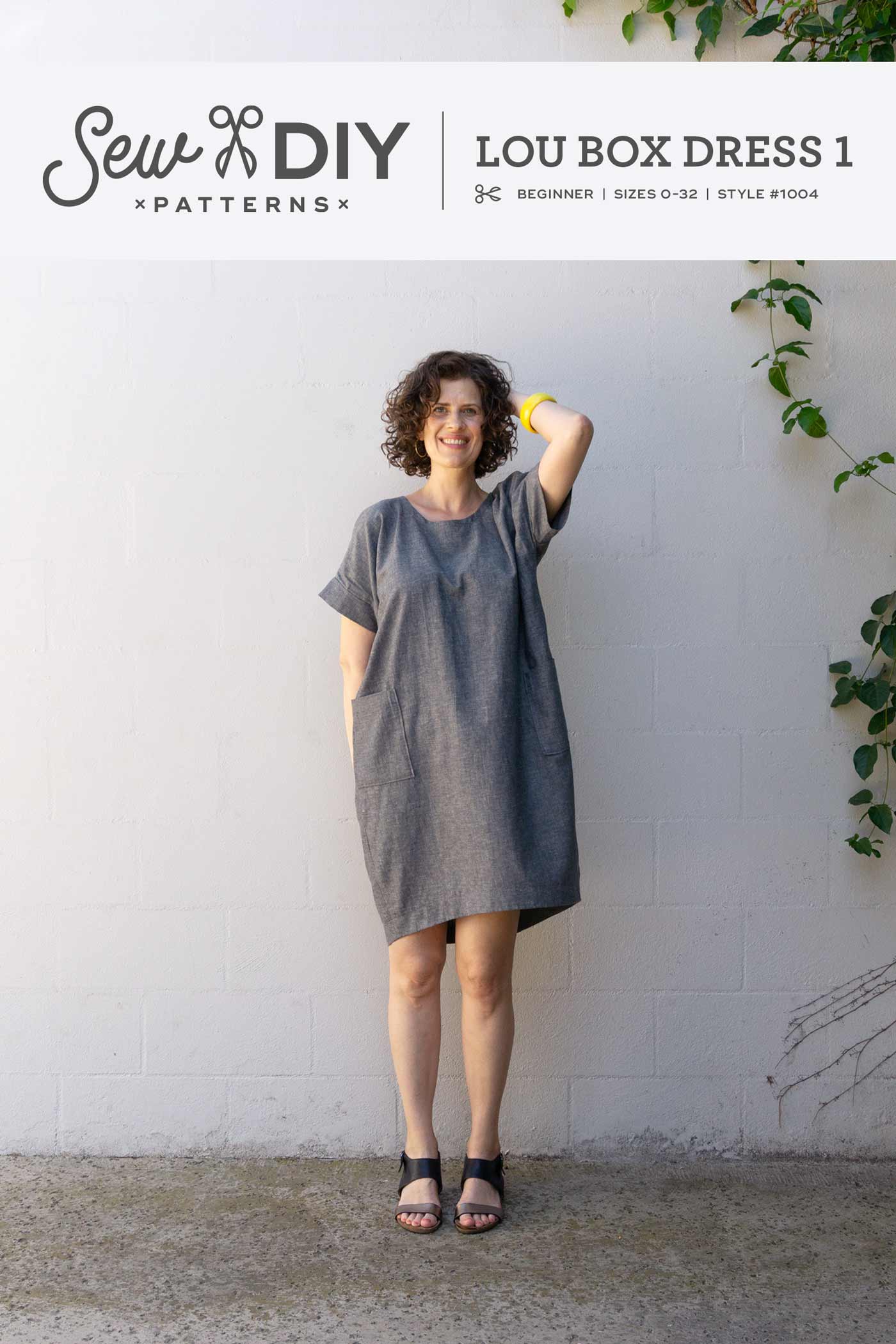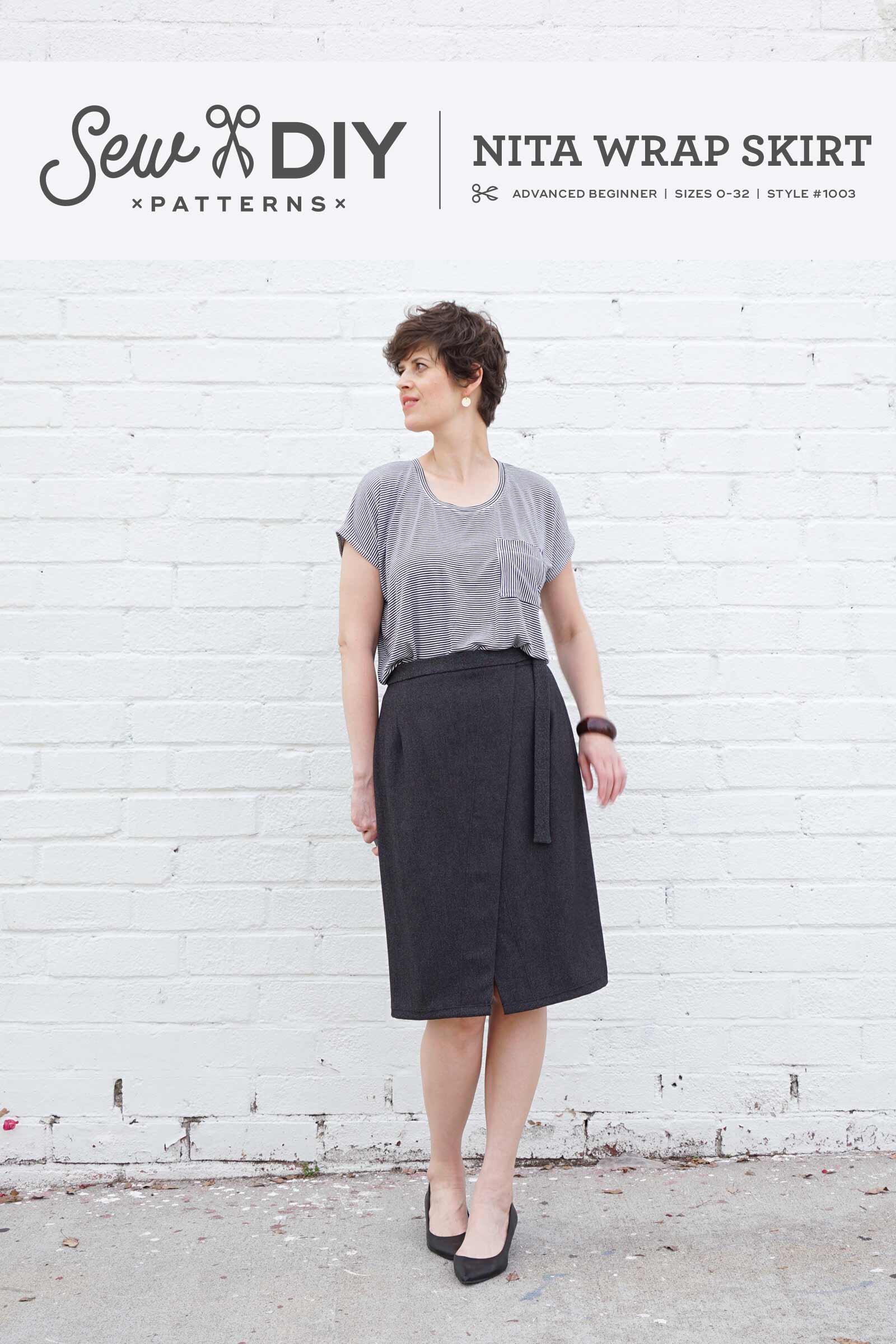Hello sew-friends! We're going back to basics today to talk about patterns. There's nothing more frustrating than making a garment and finding that it doesn't fit. The most common answer is to make a muslin first, but today I'm going to share the five things that you should do before you make a muslin and even before you cut or trace out your pattern. These are my tried and true tips that will help you get closer to making a first muslin that is the right size for your body as well as for your style and fit preferences.
For this video, you'll need a few basic supplies:
Sewing pattern of your choice
Flexible measuring tape
Notepad (digital or physical)
A finished garment similar in style to the one your making
Watch the video above for all of my tips, or if it's not working, you can watch it on YouTube here.
Five Things To Do Before Cutting Out a Pattern
Step 1: Take Body Measurements and pick a size
The first thing you need to do is grab you flexible measuring tape and take your body measurements. Our bodies change over time, so it's a good idea to check in and measure every time you make a pattern. I recommend wearing the underwear and bra that you plan on wearing with the garment when you take the measurements. It's also helpful to stand in front of a mirror to make sure the tape measure is level with the floor and not sliding down.
The most important measurements are usually the chest, waist and hips. But, you might also want to measure things like the upper bust, crotch depth and pant or sleeve length. Write down all these measurements in your notebook.
Next, consult the size chart in the pattern and find the size that is closest to your body measurements. Remember, all pattern companies have unique size charts. So, you will not necessarily be able to select the size that you buy in the store or the size you use from a different pattern.
Some patterns, will provide advice on how to choose your size. For example, with my Lela Skirt pattern, I recommend selecting the size based on your hip measurement. This is because the fabric at the waist is the same size as the hip and it is fitted using elastic. A pattern that is fitted at the waist (i.e. no elastic) may recommend that you select your size based on the waist measurement. Read the pattern thoroughly and follow their advice.
For fitted garments, you may want to grade between sizes to get a more custom fit. For example, if your waist measurement falls into a different size than your hips, you can grade between the two.
This is just a quick overview of selecting your size and there are a lot of other factors, especially if you need a small or full bust adjustment. But that's a big topic for another day.
Step 2: Find the finished garment measurements
Now that you've selected a size, note down the finished garment measurements. In most indie patterns, these will be in the instruction booklet. If you're using a Big 4 pattern, such as Vogue or McCalls, the finished measurements are usually printed on the tissue. You'll need to unfold the tissue and look in the chest or hip area to find the finished measurements.
If your pattern does not provide finished measurements, you can use your flexible measuring tape or a ruler to measure them yourself. Just remember to subtract the seam allowance from the measurement.
The reason we want to look at the finished garment measurements is because it will tell us how much EASE is built in to the pattern. Ease is the difference between the body measurement and the finished garment. For most woven garments, there will be positive ease, meaning the garment is bigger than body. For a garment made with stretch fabric (like a swimsuit or body suit), there will be negative ease because the fabric allows the garment to stretch over the body.
How much ease you prefer to have in your garment is a personal choice. Just remember that you need to allow enough room to move and sit comfortably in your clothing.
Step 3: Analyze (and measure) existing garments in your closet
Speaking of ease! A great way to figure out how much ease you like to have in a particular garment is to measure an existing garment from your closet. So, if you're making an elastic waist skirt and have one already that you love the fit of, you can use that existing skirt as a guide in selecting the size with the amount of ease you want.
Step 4: Compare the measurements
With all of this information, it's now time to select your size. You'll want to compare the finished garment measurements with those from the garment you like and see how closely they align. If you like a little more or a little less ease, you can try making a muslin that is a size smaller or larger. If you're between sizes, this is a great way to help you decide which way to go.
That said, ease is used to provide comfort and range of motion while wearing but it can also be used as a design feature. If you'd like the fit and style of the garment to resemble what's shown in the pattern, then I'd recommend trying the designer's intended amount of ease. That said, if you are thinking about choosing a drastically different size, then you should think about whether this is the right pattern for you.
For the most part, you'll be ok going up or down a size, but do use some caution, especially sizing down. You want to make sure that you have enough room to be comfortable. Wearing a different size will work best in more simple or oversized garments. For example, if you're making a pattern like my Lou Box Top which has 10" of ease, going down a size or two doesn't have a significant impact on wearability. However, if you go down 4 sizes, the armholes might get too tight for comfort.
Step 5: Make any known pattern adjustments
The last thing I recommend doing before you print, cut or trace your pattern is to make any known fitting adjustments. If you are working digitally and have the software capabilities, you can even do these changes on the computer before you print or project your pattern. I often open a pattern in Adobe Illustrator and make fit adjustments there.
For example, if you know that you always need to add length to the pant legs or make a shoulder slope adjustment, go ahead and do that now before you make a muslin. This will get you one step closer to your ideal fit.
I also recommend keeping notes on what pattern adjustments you make. Most pattern companies will use the same block and fit models for all their patterns. So, if you know that you need x, y, z fit changes when using a certain pattern company's patterns, you can go ahead and make those adjustments before making the first muslin.
Bonus tip!
When making a muslin, try to use fabric that is similar in weight and drape to what you'll be making the final garment with. For example, if you're planning to make a dress with rayon challis, the fit of the garment will look pretty different when made with challis or silk than it will when made with a muslin or cotton fabric.
I hope that all of this info was helpful for you. I've been sewing for over 25 years and I still run into fitting issues. So, don't fret, it's all part of the process and it takes time to figure out what works and what we prefer. Plus, as our bodies and preferences change over the years, so must our fitting adjustments. Let me know in the comments if you have tips of your own for preparing a pattern for sewing or selecting a size. Happy sewing!
If you want to support this content, you can pin the image below, or check out the shop for beginner friendly sewing patterns.

